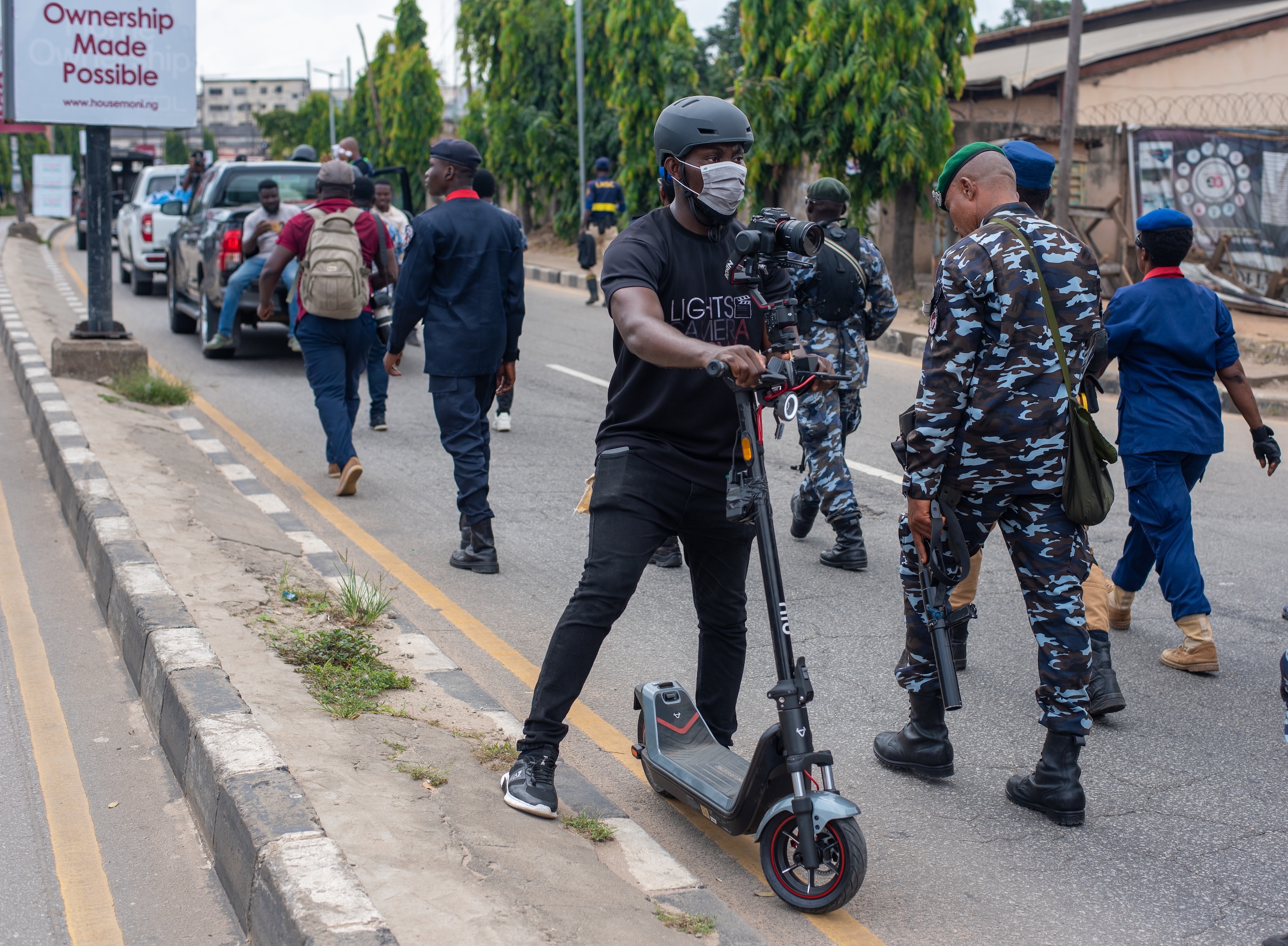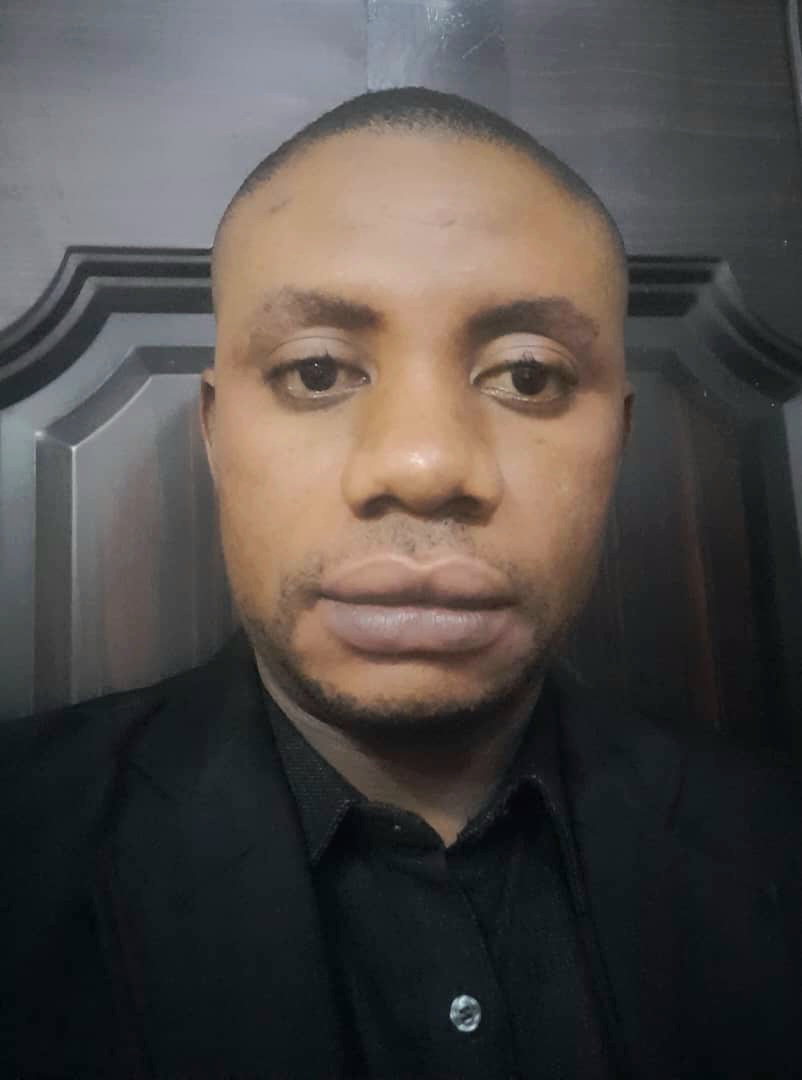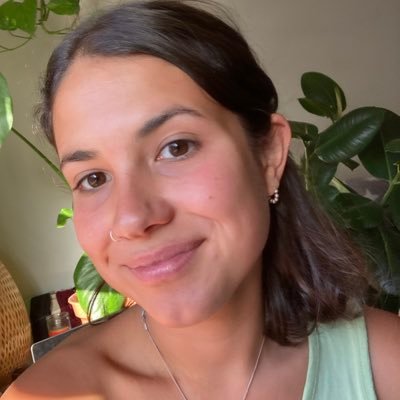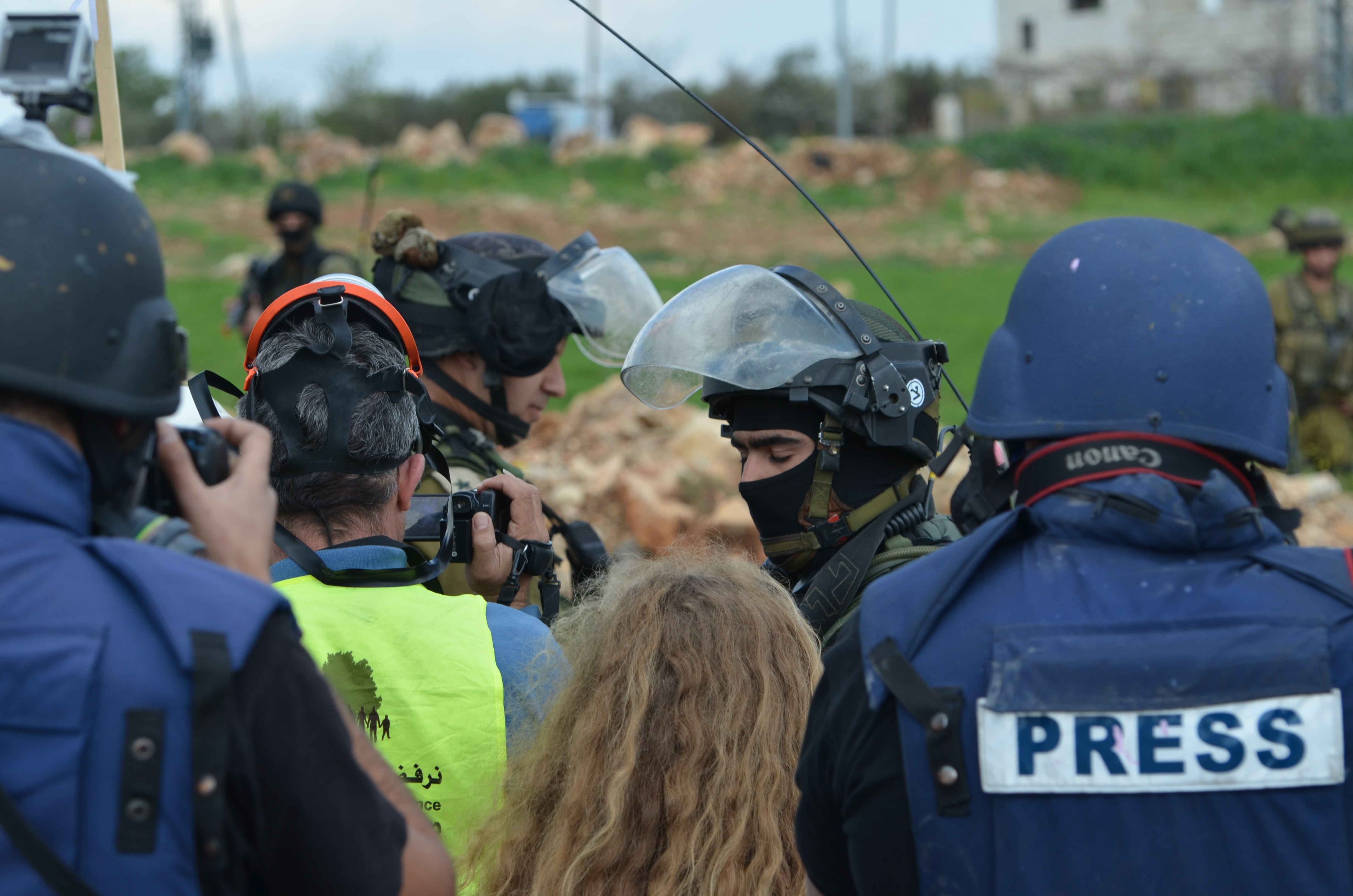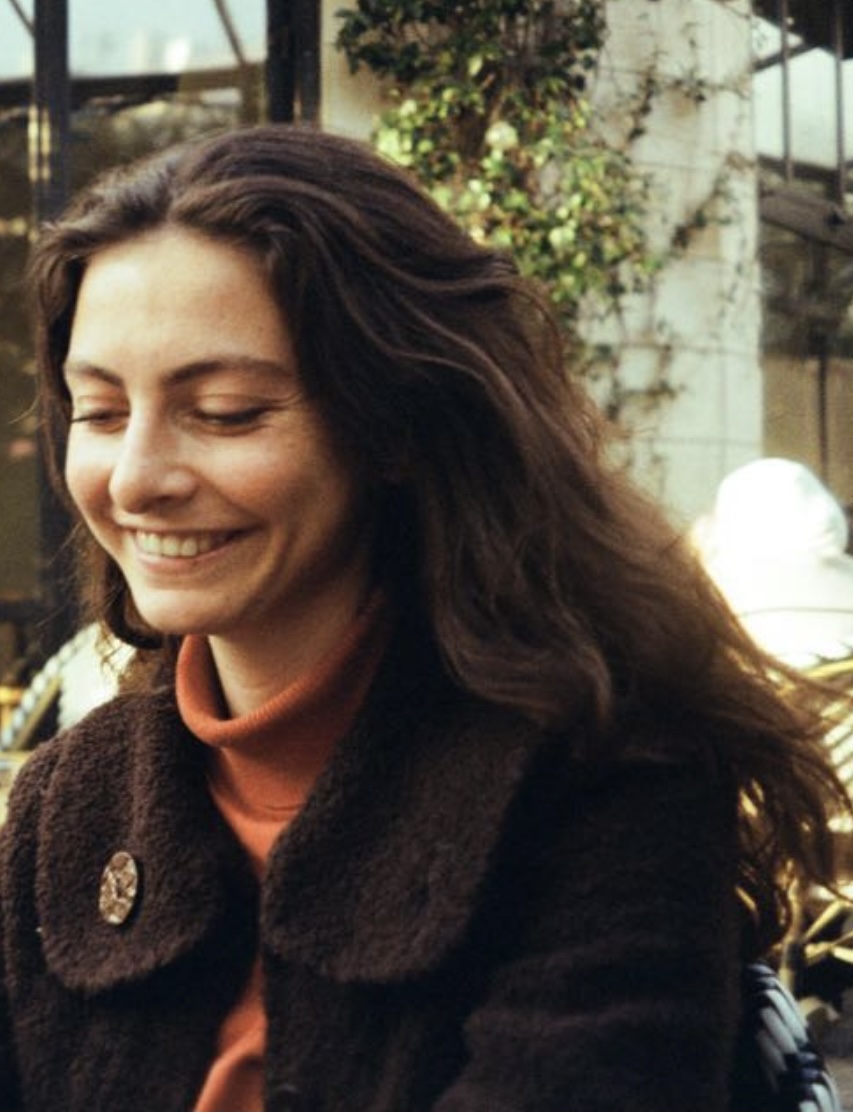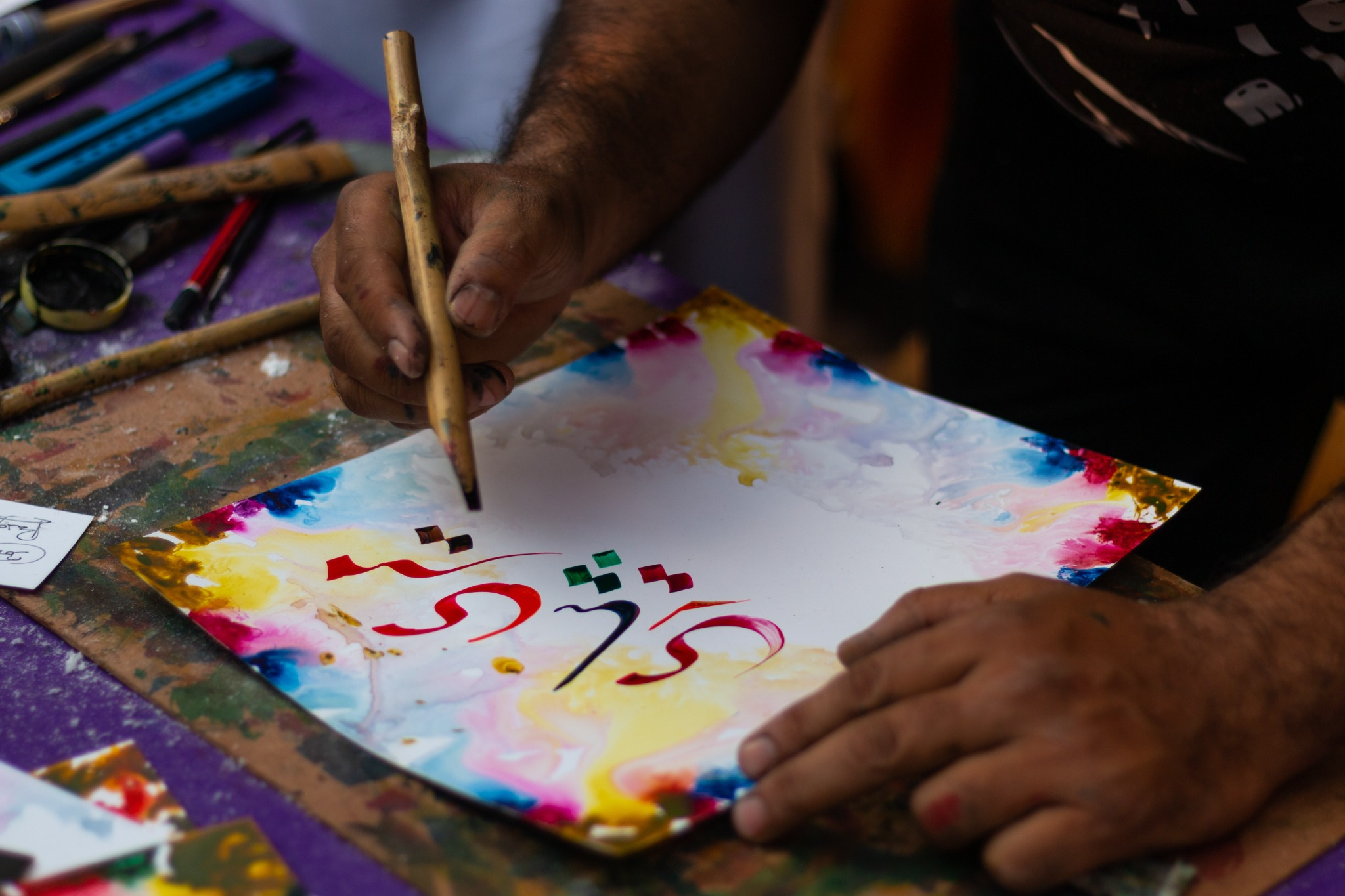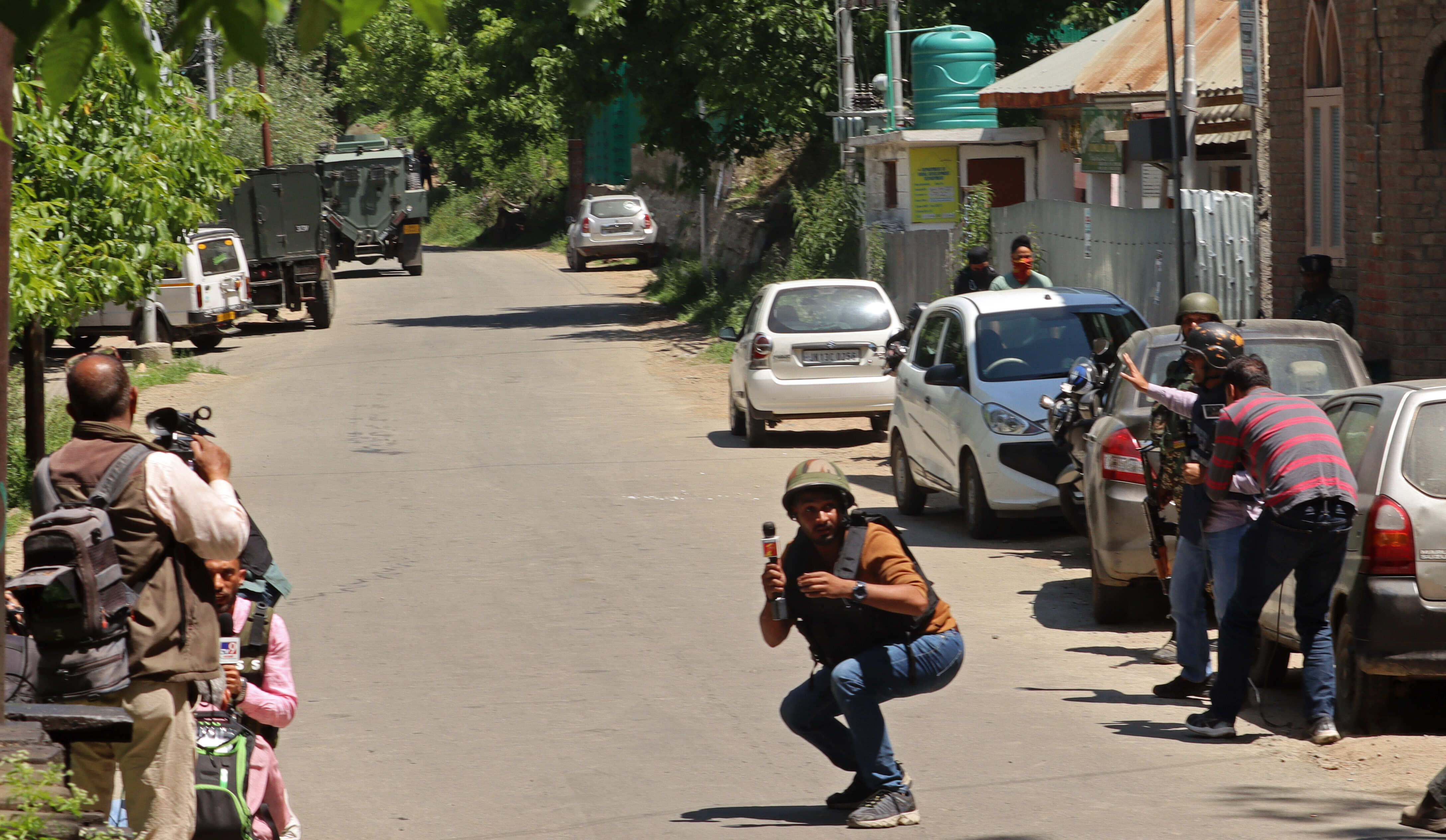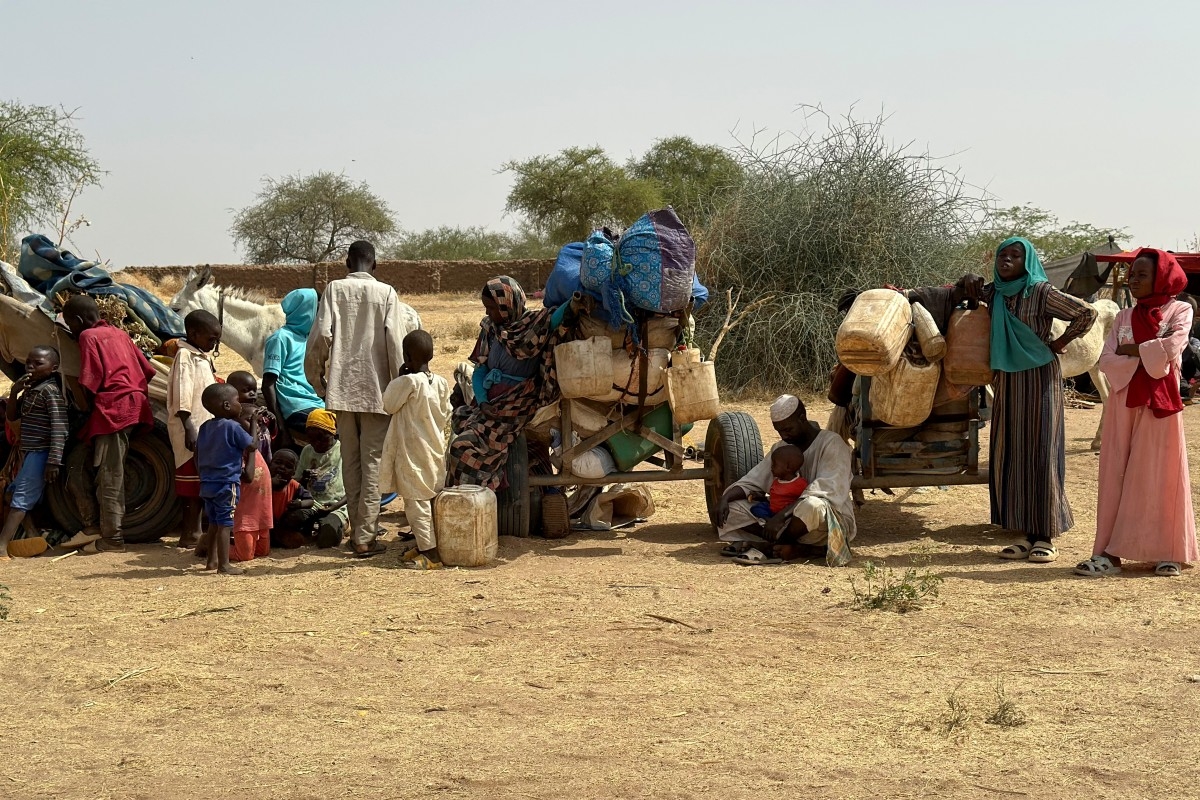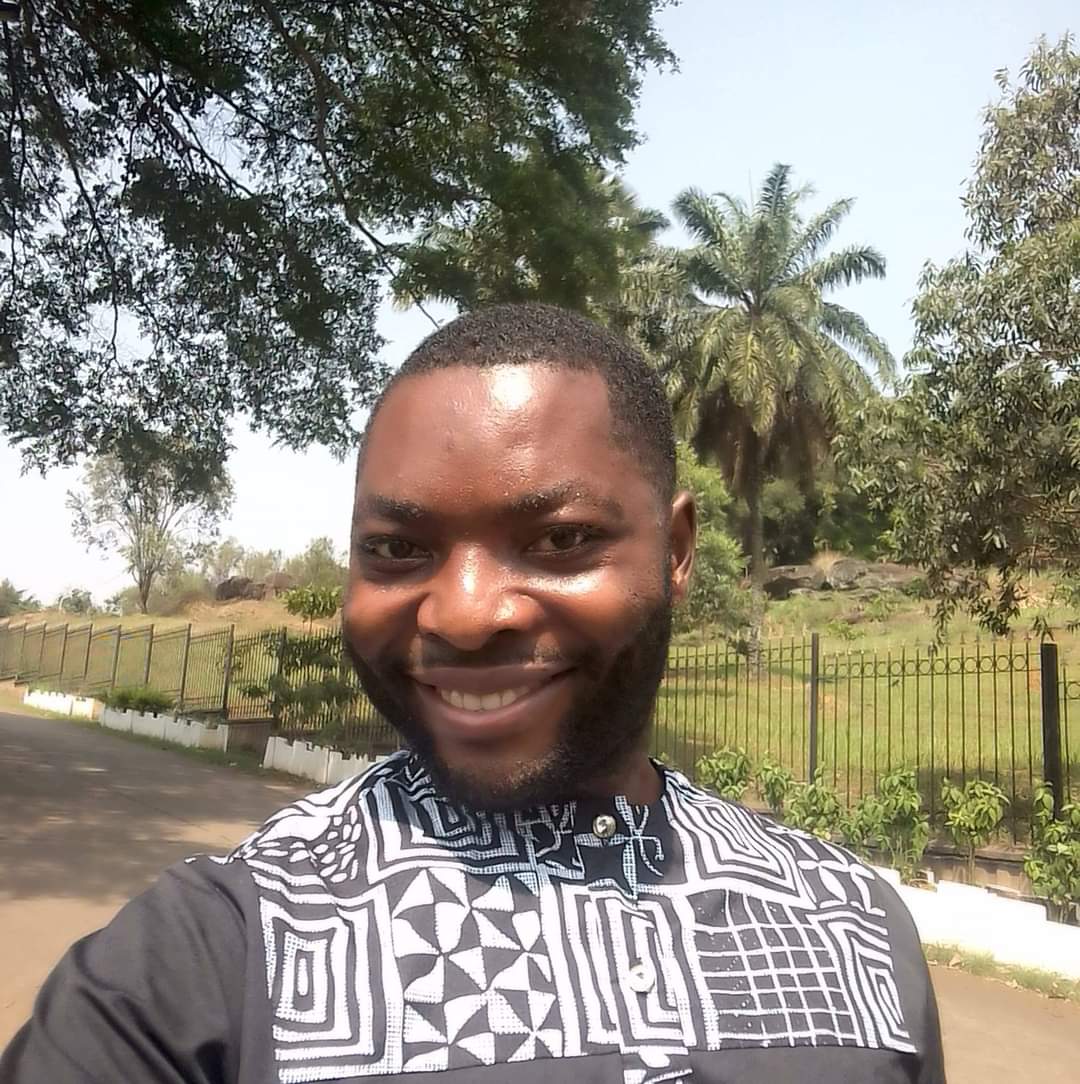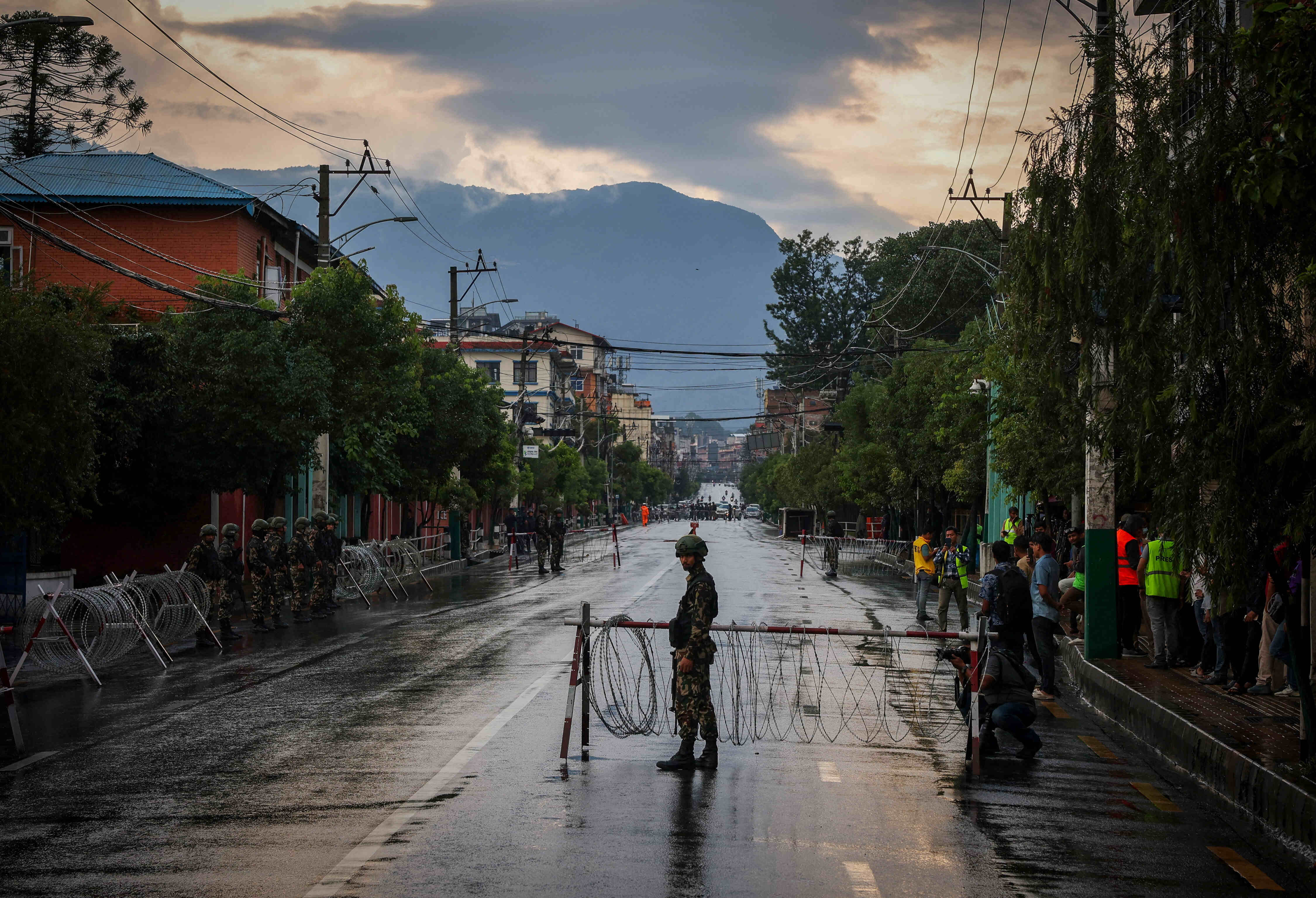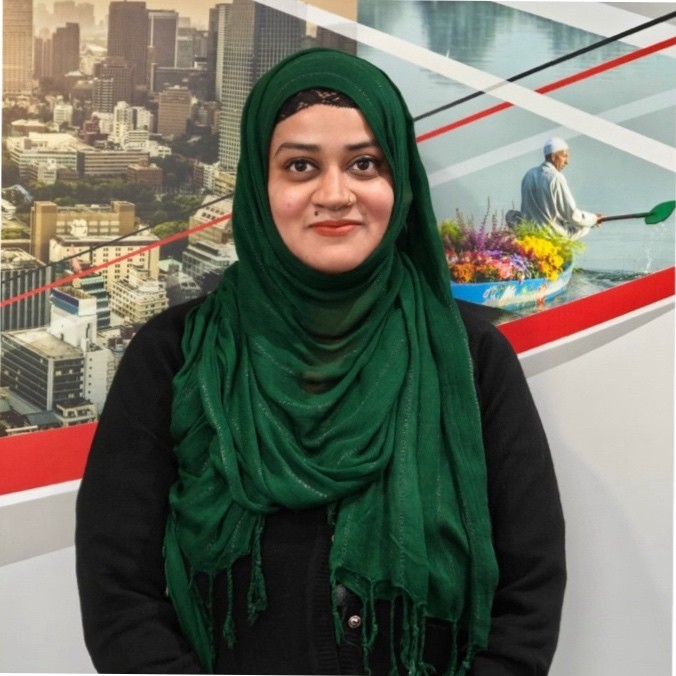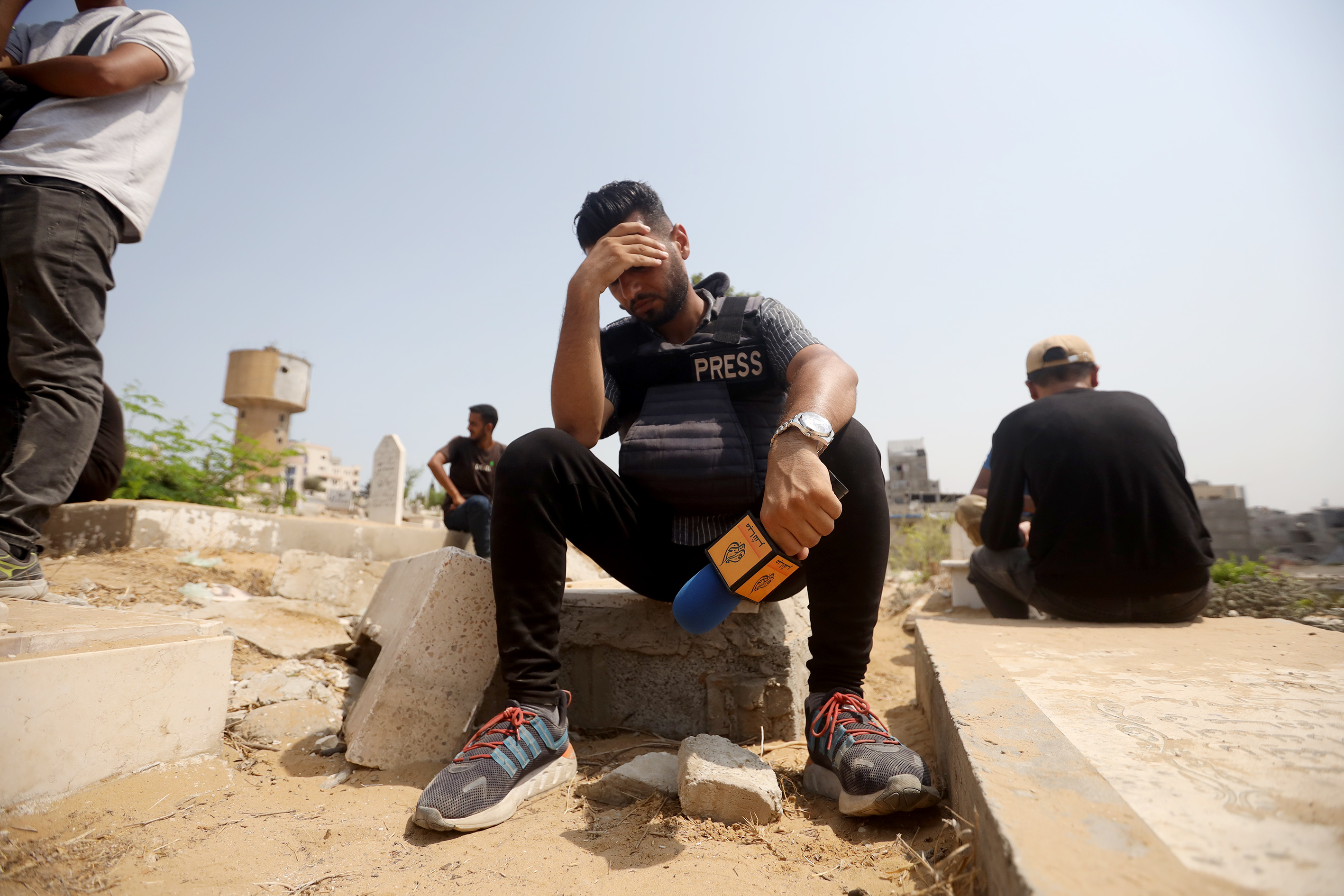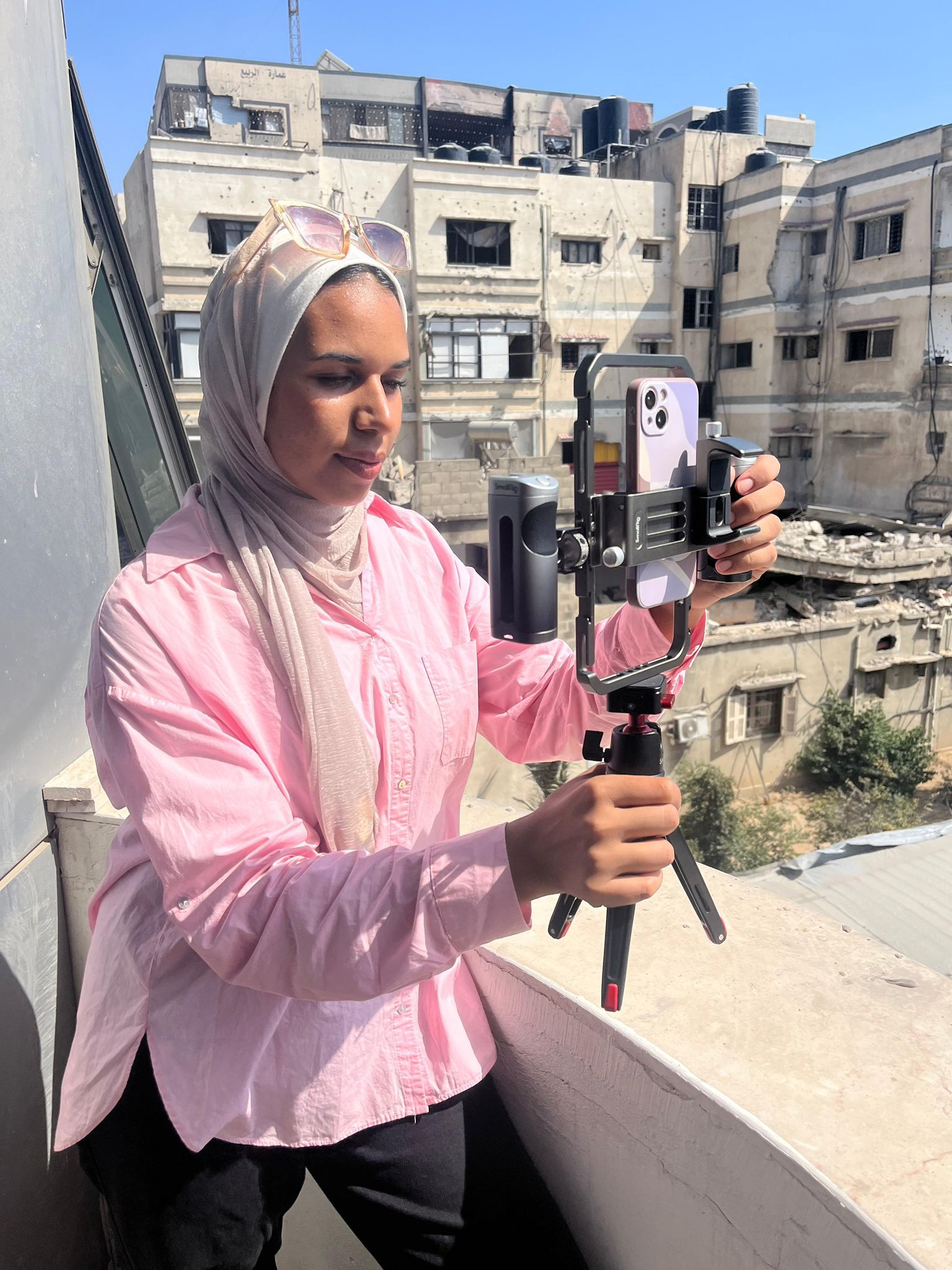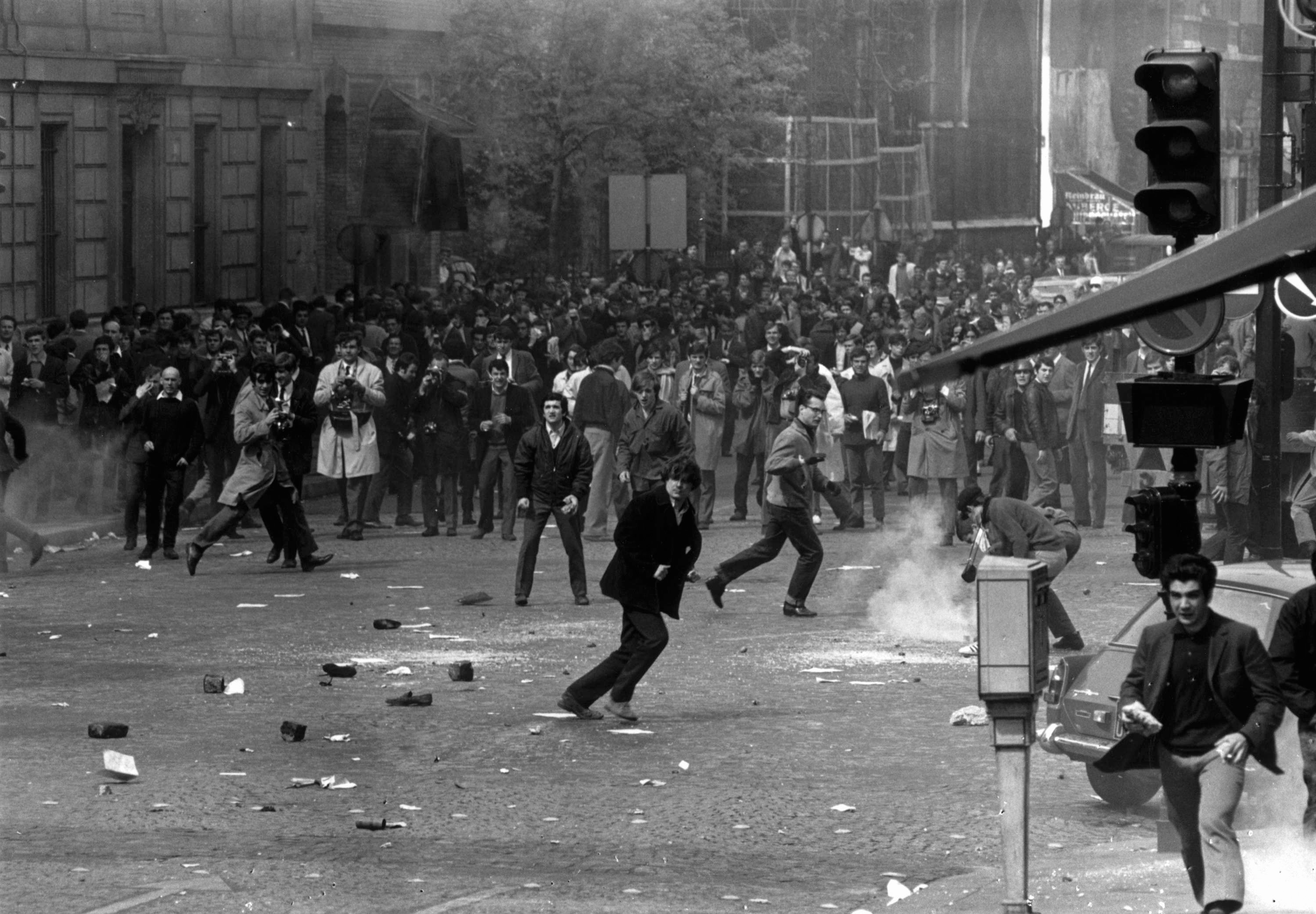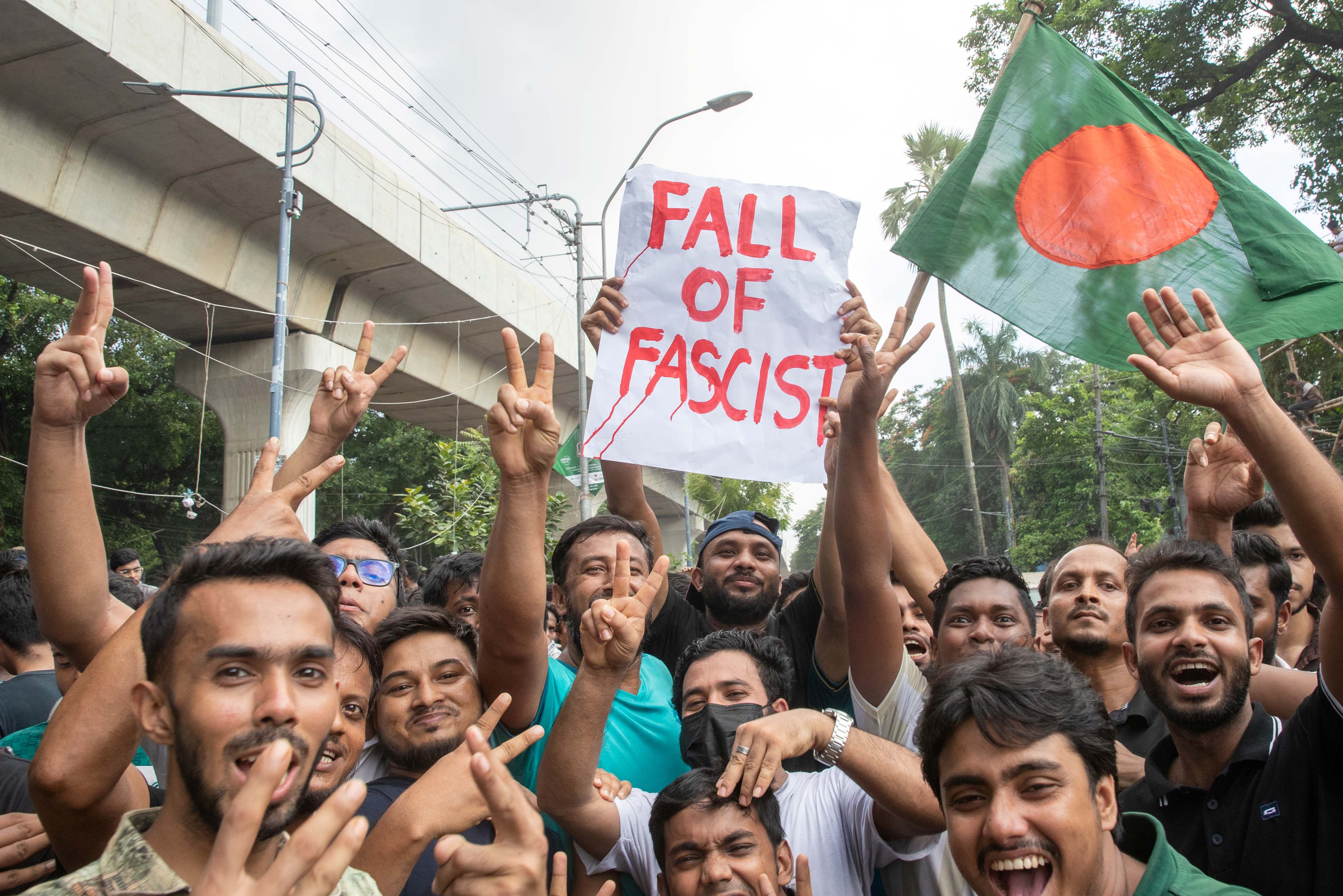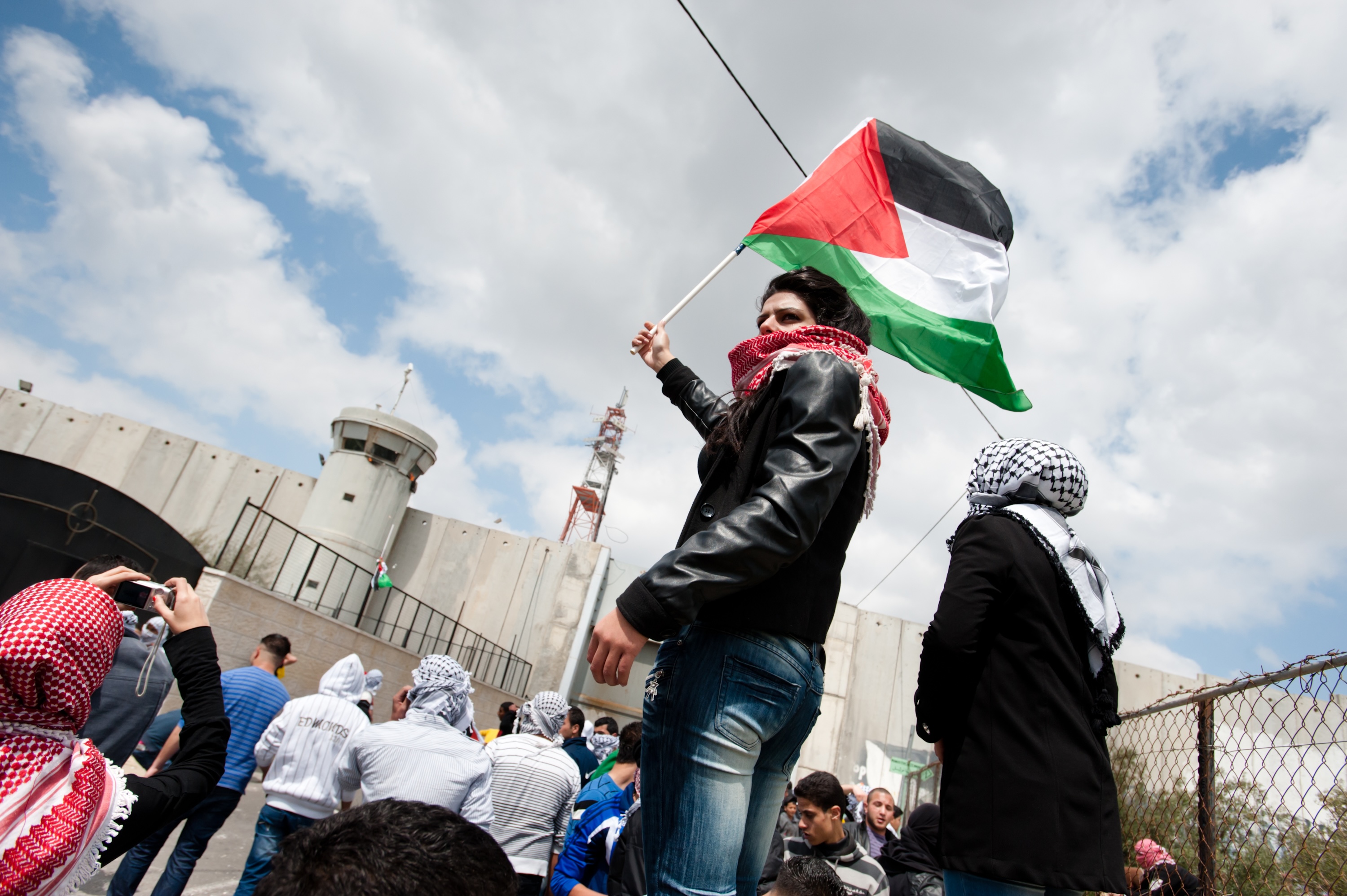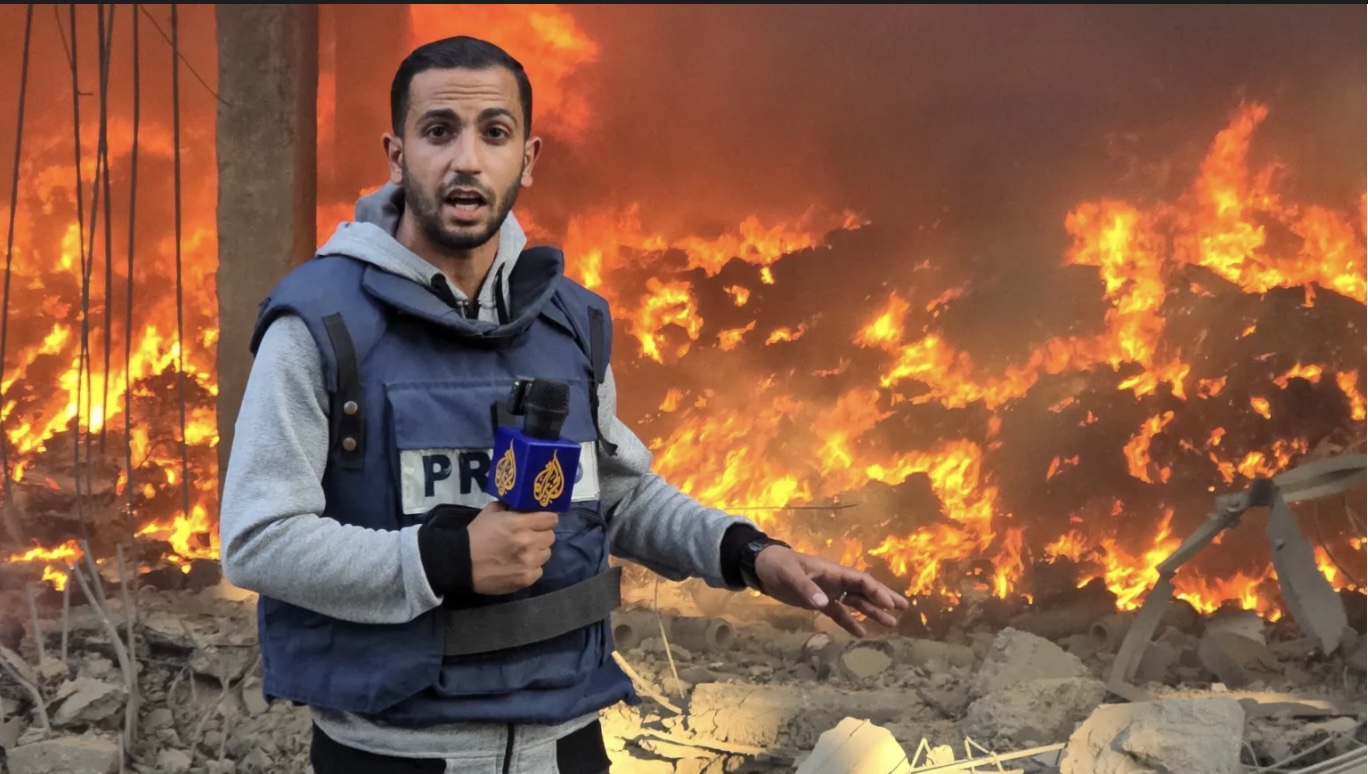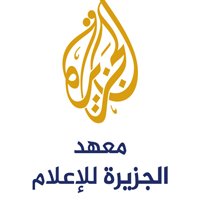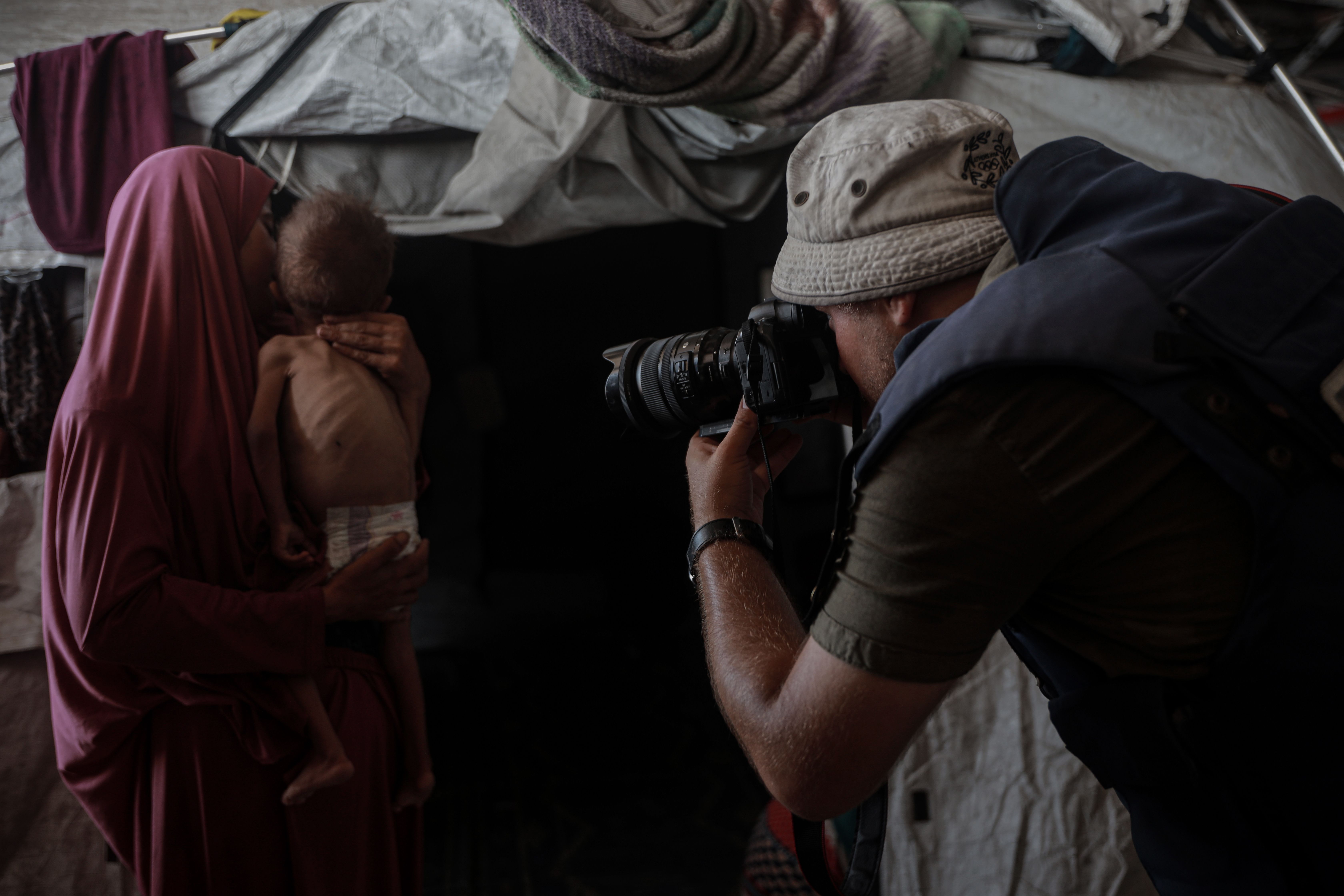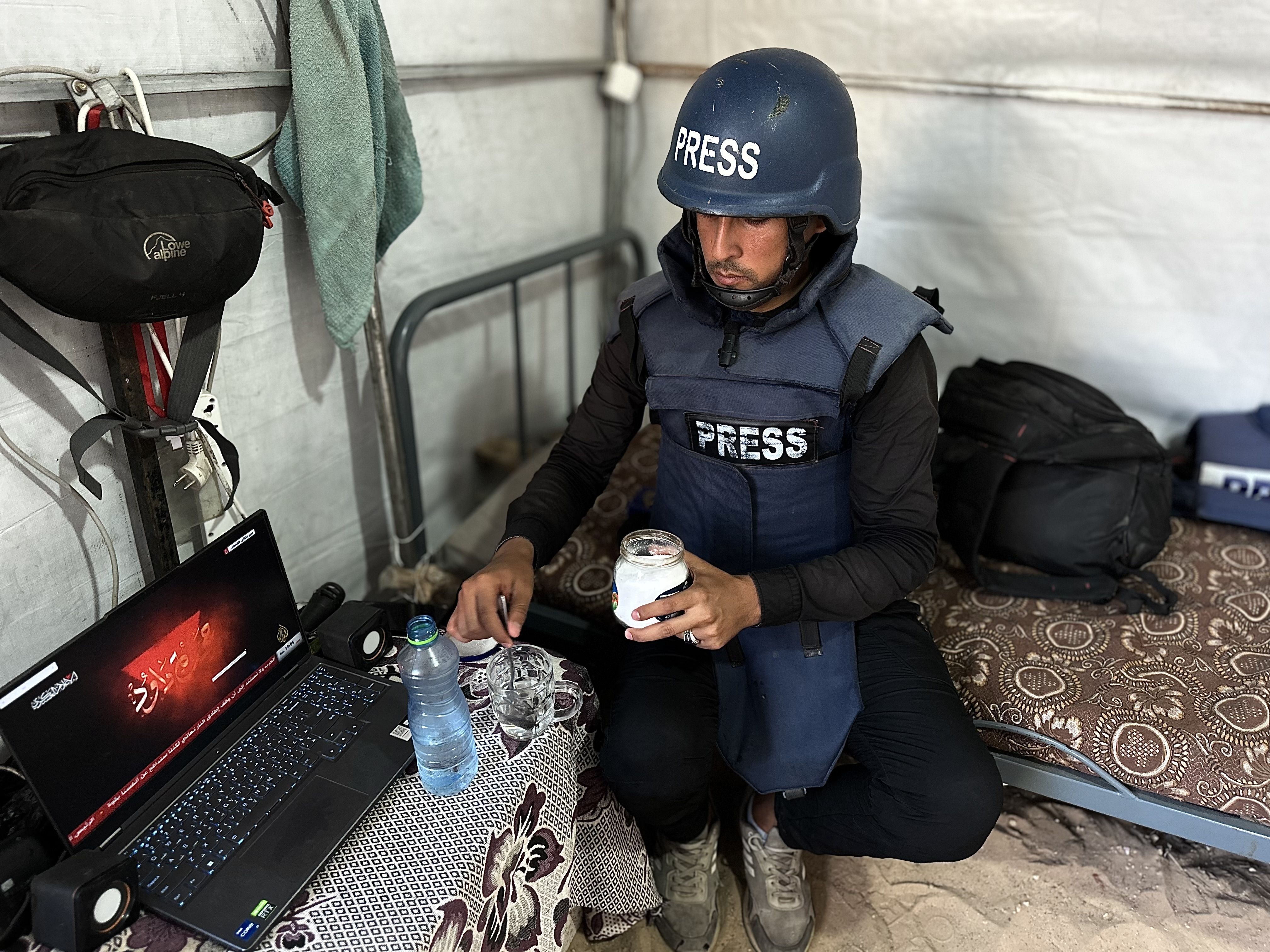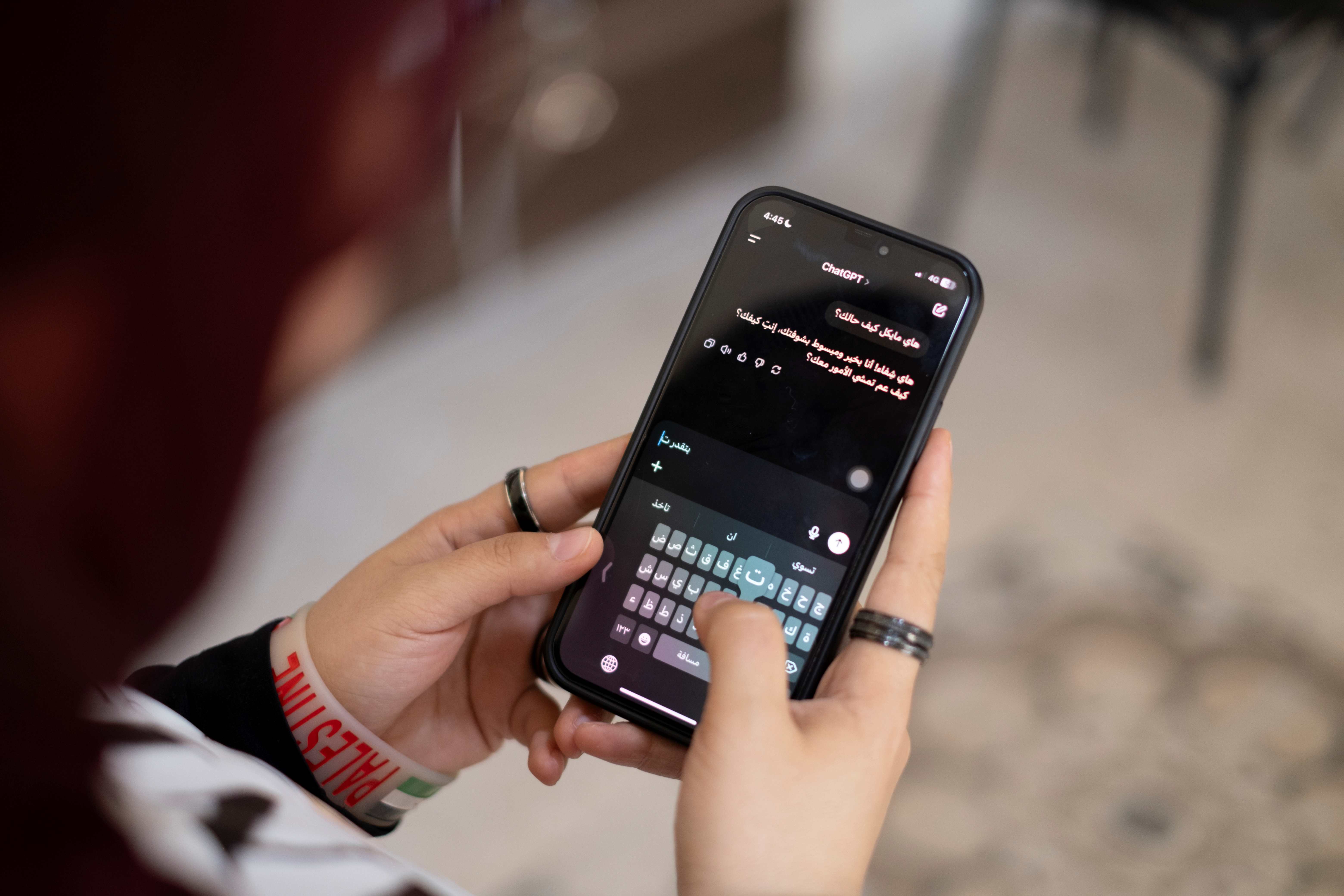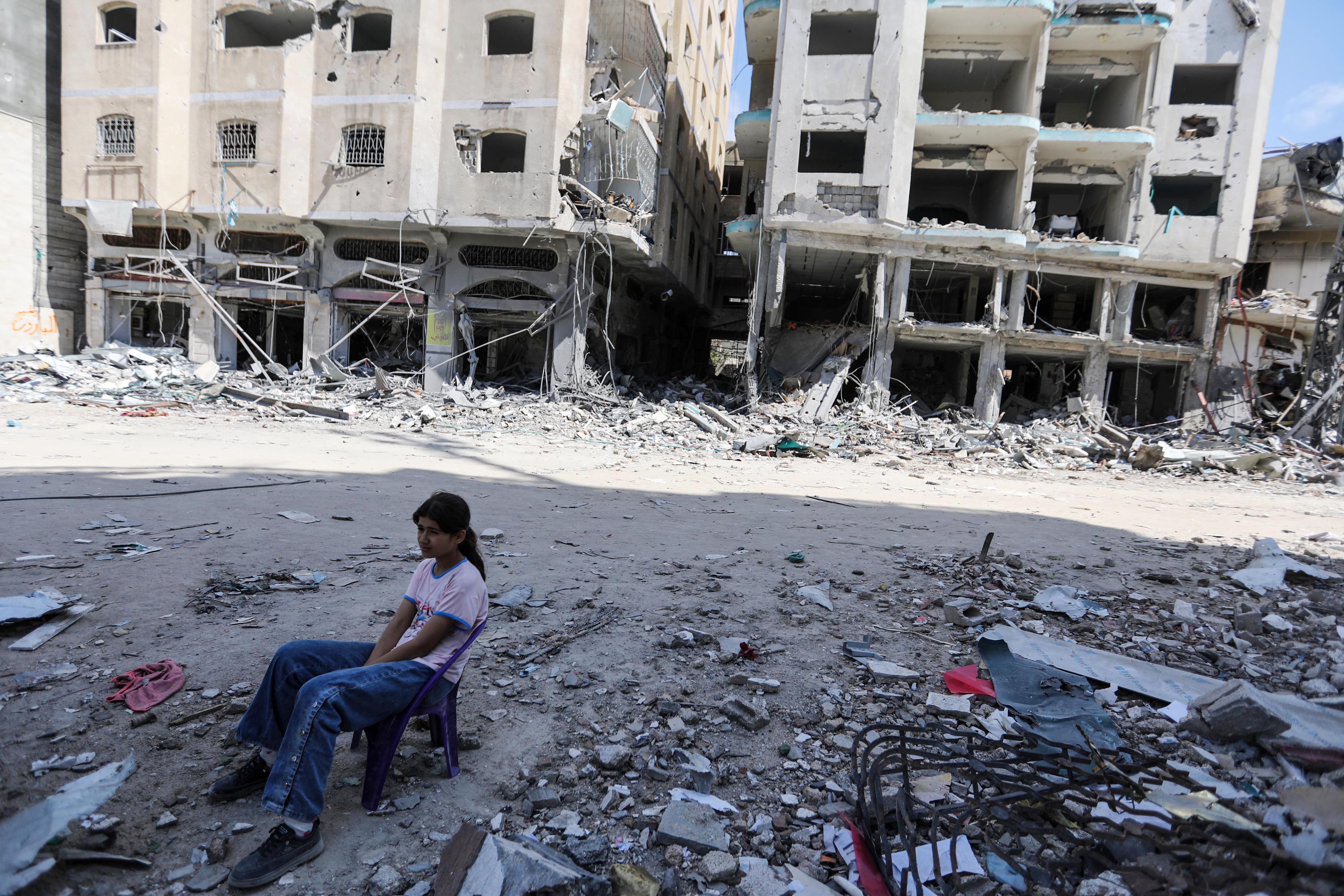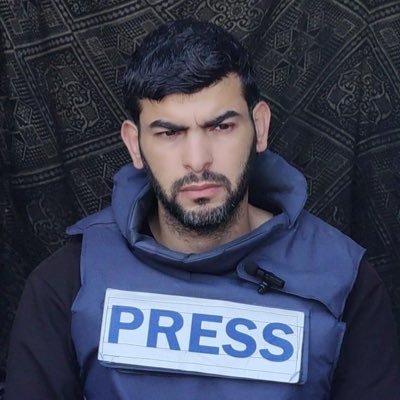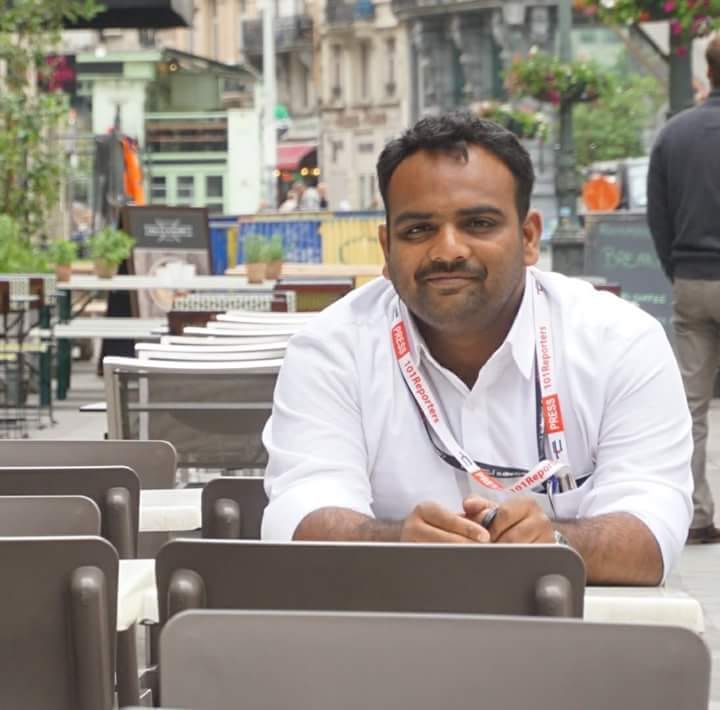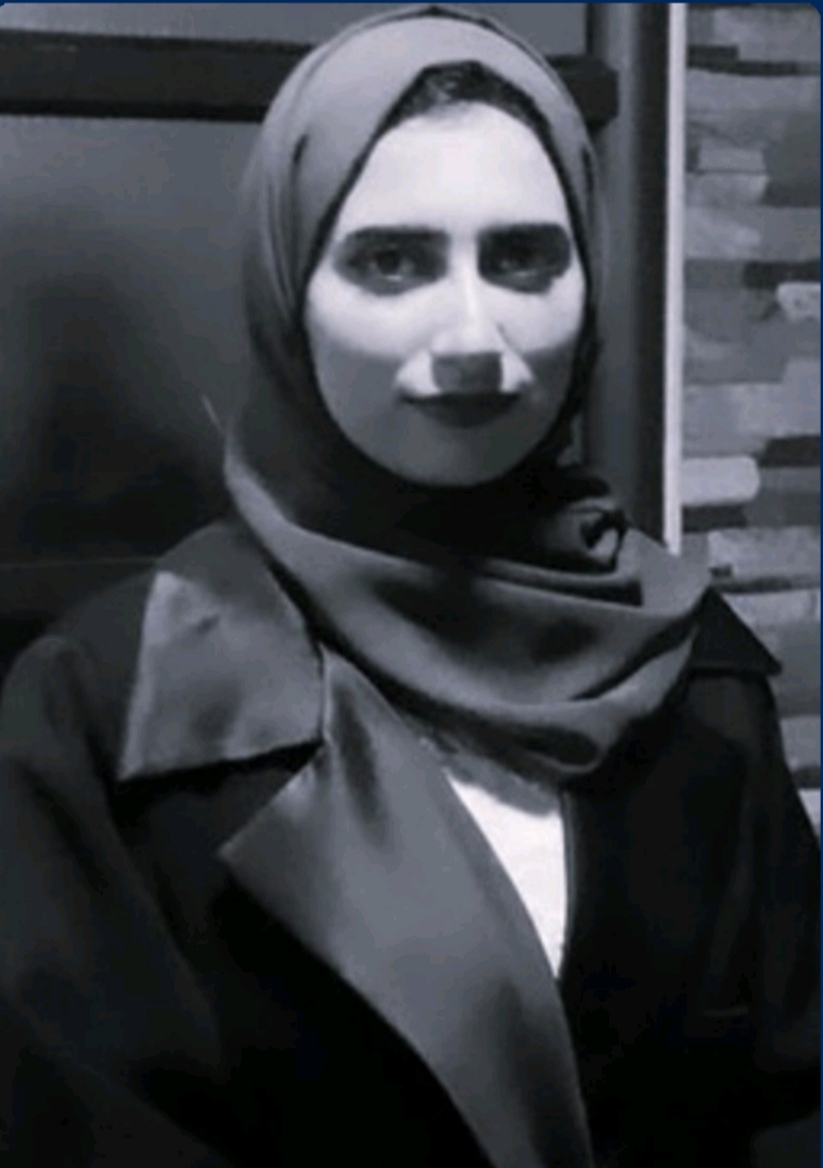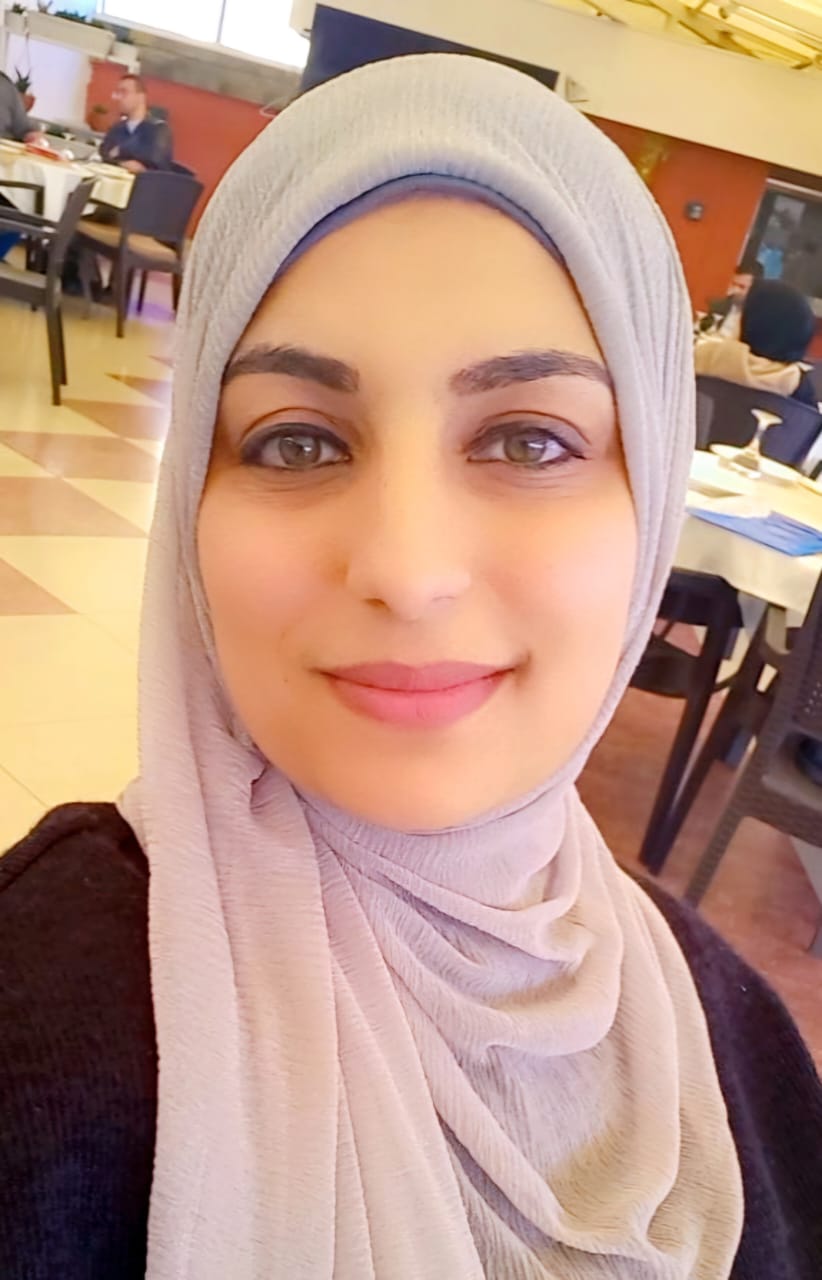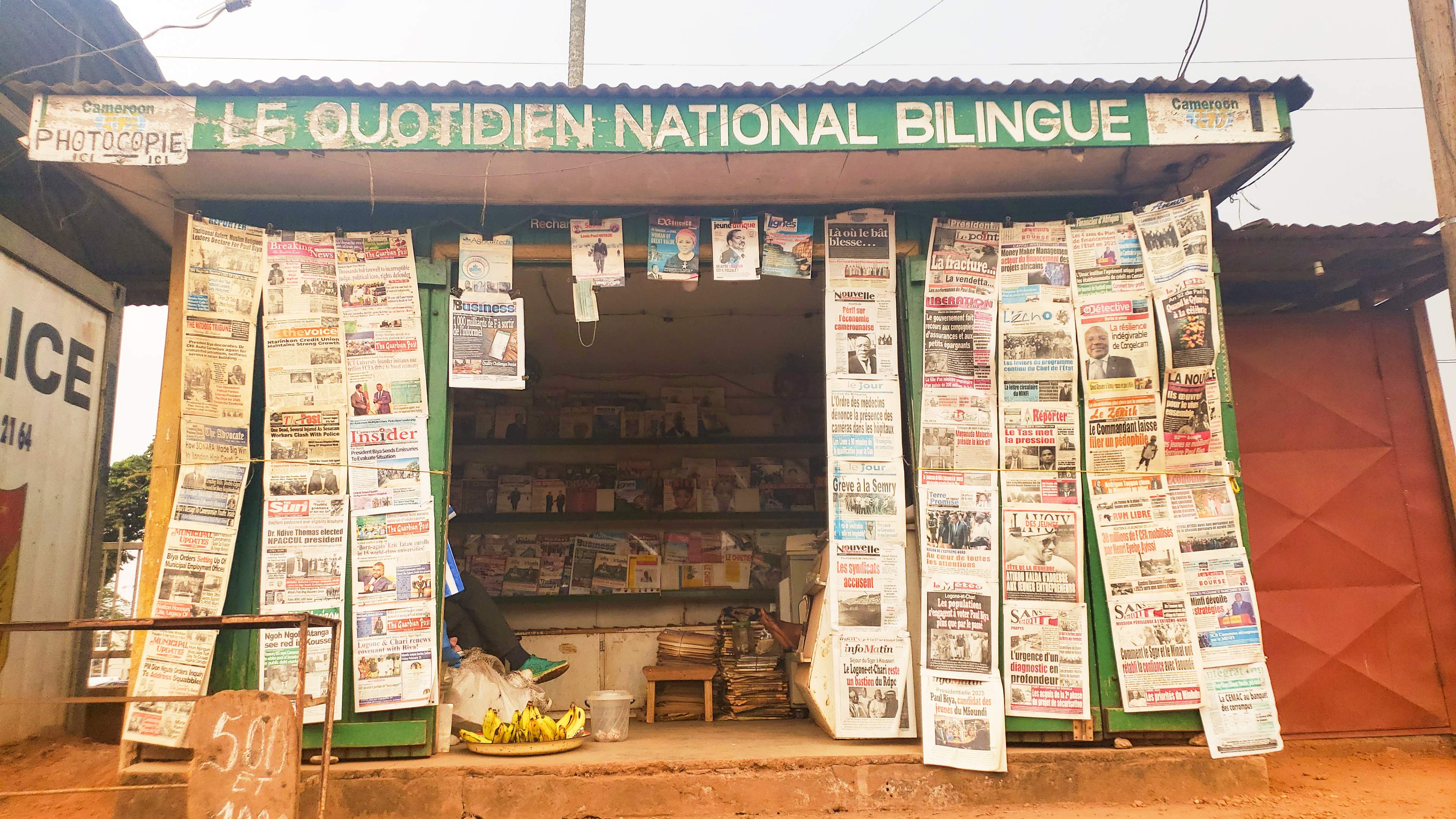ما زلتُ أذكر تلك "النكزة" في خاصرتي من إصبع أحد زملائي الصحفيين في وكالة "وفا"، عندما كنا في جولة صحفية في قرى قاع العالم. يومها في 20 مارس/آذار 2015، كان الجو لطيفا صباح فصل ربيع يغري الصحفيين الفلسطينيين والأجانب بإنجاز قصصهم من تحت سطح البحر، قبل قدوم الصيف الذي لا يطاق في الأغوار الفلسطينية المحتلة.
لا أذكر الآن عن ماذا كنا نبحث عندما وصلنا إلى قرية "مكحول"، وهي واحدة من عشرات القرى الفلسطينية المهددة في الأغوار. لقد نسيت كل شيء تقريبا ما عدا "النكزة" ومشهد أطفال ونساء القرية التي دخلناها مع انسحاب الجرافات الإسرائيلية منها ووجدناها ممسوحة عن وجه الأرض.
وبينما كنا نقف على أطلال "مكحول" بصمت وحزن، يسجل كل منا ملاحظاته في دفتر، مَدّ زميلي إصبعه بهدوء ونكزني في خاصرتي وقال "راقب ماذا يُصوِّر الصحفيون الفلسطينيون!".
أتذكّر ذلك الآن وأنا أُقارن نتائج بحثيْن منفصلين قدمتهما طالبتان من قسم الإعلام في جامعة بيرزيت كمشروعيْ تَخرُّج: الأول عن أنسنة أخبار شهداء القدس في الإعلام الفلسطيني خلال الهبة الشعبية الأخيرة التي انطلقت مطلع شهر أكتوبر/تشرين الأول 2015، والثاني عن أنسنة أخبار القتلى الإسرائيليين في الإعلام العبري في نفس الفترة.
نتائج الأبحاث تؤكد المؤكد، وتُظهر تفوق الإعلام الإسرائيلي على الفلسطيني في موضوع أنسنة الأخبار.
في بحثها حول الأنسنة في الإعلام الفلسطيني، رصدت الباحثة شذى دجاني 600 مادة صحفية نُشرت عن 38 شهيدا مقدسيا قضوا في الفترة الواقعة بين أكتوبر/تشرين الأول 2015 وفبراير/شباط 2016، موزعة بين أكثر المواقع الإخبارية الفلسطينية تصفحا حسب تصنيفات موقع "أليكسا" العالمي وعددها 12 موقعا. وأخضعت الباحثة هذه المواد لاستمارة تحليل المضمون الكمي والكيفي للوصول إلى النتائج.
وفي الوقت ذاته كانت باحثة أخرى تدعى أصالة أبو حديد تُنجز بحثا عن الأنسنة في الإعلام الإسرائيلي، رصدت فيه 1225 مادة صحفية نُشرت عن 27 قتيلا إسرائيليا، موزعة بين أكثر المواقع الإخبارية الإسرائيلية تصفحا حسب تصنيفات موقع "أليكسا" وعددها 11 موقعا. ومثل زميلتها شذى، أخضعت أصالة هذه المواد لاستمارة تحليل المضمون الكمي والكيفي بغية الوصول إلى النتائج.
تبيّن مع الباحثة الأولى أن الإعلام الفلسطيني يعتمد أكثر على الخبر المجرد ومن ثم الإحصائيات في تغطية أخبار الشهداء، إذ بلغت نسبة الأخبار المجردة التي نشرتها المواقع الإخبارية الفلسطينية عنهم 47%، بينما كانت نسبة وجود قصص صحفية مؤنسنة 2% فقط.
هذه النسب ليست غريبة بما أن 87.3% من 600 مادة صحفية تم رصدها في البحث، لم تتطرق إلى أي جانب من الجوانب الإنسانية العادية في حياة الشهداء أو معاناة أهلهم وأصدقائهم.
على الجهة الأخرى تبيّن للباحثة الثانية اعتماد الإعلام الإسرائيلي بشكل مكثف على أسلوب أنسنة أخبار القتلى الإسرائيليين، وعرض كل ما له علاقة بالحياة الطبيعية للإنسان الذي قتله الفلسطينيون، وتغييب أي شيء يتعلق بالجانب العسكري لحياة القتيل إن كان جنديا، مع العلم أن غالبية القتلى جنود.
وبلغت نسبة أنسنة الأخبار المنشورة على المواقع العبرية محل البحث 61.4% من أصل 1225 مادة صحفية تناولت فيها الصحافة الإسرائيلية القتلى.
بعيدا عن الأبحاث، فالمتابع للصحافة الإسرائيلية لا يحتاج إلى كثير من الجهد ليفهم سبب تفوقها عالميا على الصحافة الفلسطينية ومعظم الصحافة العربية، ليس فقط في نشر روايتهم، بل في القالب الصحفي نفسه وزواياه المختلفة، إذ يستغل الصحفيون الإسرائيليون أبسط التفاصيل وأدقها لتصوير قصصهم بطريقة درامية عاطفية جذابة، وإن كانت كاذبة.
هذه التفاصيل البسيطة التي تؤنسن الأخبار موجودة بشكل مكثف في قصص الفلسطينيين على أرض الواقع، لكن الصحفيين لا يلتفتون إليها، ويعتبرونها زائدة. وهذا ما يثبته البحث الذي قامت به شذى دجاني ويكشف مدى تركيز الصحافة الفلسطينية على الحدث لحظة وقوعه وتسابق صحفييها في نقل الخبر العاجل المجرد فقط، فعندما يسقط شهيد نقرأ اسمه وعمره ورقمه في عداد الشهداء، وقليلا ما ينجز الصحفيون فيما بعد قصصا متأنية عن حياته. والأمر ينطبق على كل جوانب التغطية، لا على تغطية الشهداء فقط.
التفاصيل البسيطة ذاتها للقتلى كانت رأس مال الصحافة الإسرائيلية كما يبين بحث أصالة أبو حديد من ناحية اهتمام الصحفيبن الإسرائيليين بسرد أحلام القتيل مثلا، وأنه كان في طريقه للاحتفال بزفاف صديقه يوم مقتله، والأيتام الذين يتركهم خلفه إن كان أبا، وقصص كاملة عن الذين كانوا بجواره وأخطأتهم رصاصات الفلسطينيين، أين اختبؤوا؟ ومع من تحدثوا آخر مكالمة؟ وماذا قالوا فيها؟.. إلخ.
يقول أستاذ الإعلام الاجتماعي في جامعة بيرزيت محمد أبو الرب الذي تابع الأبحاث وأخضعها لأساسيات البحث العلمي السليم، إن "النتائج لم تكن مفاجئة لأن الصحافة الفلسطينية في مجملها إما بروتوكوليَّة أو أخبار علاقات عامة، وقليلة هي القصص الصحفية وكذلك التحقيقات، على العكس من الصحافة الإسرائيلية التي تولي اهتماما للقصص الصحفية أكثر بكثير من التغطيات الخبرية أو البروتوكولية".
وبخصوص أنسنة قصص الفلسطينيين ومعاناتهم، يعلِّق أبو الرب الأمل في أن "هناك تزايدا ملحوظا نوعا ما في حجم القصص الإنسانية، عززه الإعلام الإلكتروني وكذلك الاجتماعي".
لكن هناك شيء لا مفر من ذكره، فتأثير الطريقة التي تتناول بها الصحافة الإسرائيلية الأحداث بدأ يتسلل إلى المجتمع الفلسطيني ذاته عن طريق صحفيين إسرائيليين يساريين يتبنون -ولو ظاهريا- مواقف داعمة لحقوق الفلسطينيين، فيعتقد بعض الفلسطينيين -وخاصة في المخيمات- أن الصحفي اليساري الإسرائيلي يكتب عن الهم الفلسطيني أفضل من الصحفيين الفلسطينيين، وهذا شيء خطير وبعيد عن الحقيقة، لكن غياب الزاوية الإنسانية في تغطية الصحفيين الفلسطينيين للأحداث فتح للناس باب الاعتقاد بما سبق.
يُعقب أبو الرب على ذلك بقوله "لا يمكن القول بأن تغطية الصحفيين الإسرائيليين اليساريين أفضل من تغطية الفلسطينيين، ولكن للدقة هم معتادون على كتابة القصص الصحفية أكثر من السياق الإخباري البروتوكولي الطاغي في الصحافة الفلسطينية".
هناك في قاع العالم (وهو مصطلح يطلق على الأغوار الفلسطينية التي تعتبر أخفض بقعة في العالم تصل إلى 400 متر تحت سطح البحر)، راقبتُ -مدفوعا بنكزة في خاصرتي من إصبع زميلي- كيف يتسابق صحفيون من فضائيات فلسطينية ومواقع إلكترونية معروفة محليا، في تصوير الهدم في قرية "مكحول" كشيء مجرد، دون الالتفات إلى الأطفال الحفاة العراة الذين يزحفون على الأرض فوق الشوك والحصى تائهين، بعيدا عن أمهاتهم اللاتي انشغلن بجمع بقايا بيوت الصفيح والخيام بعد هدمها.. صَوّرَ الصحفيون حديد البيوت المهدومة وتركوا الإنسان.


